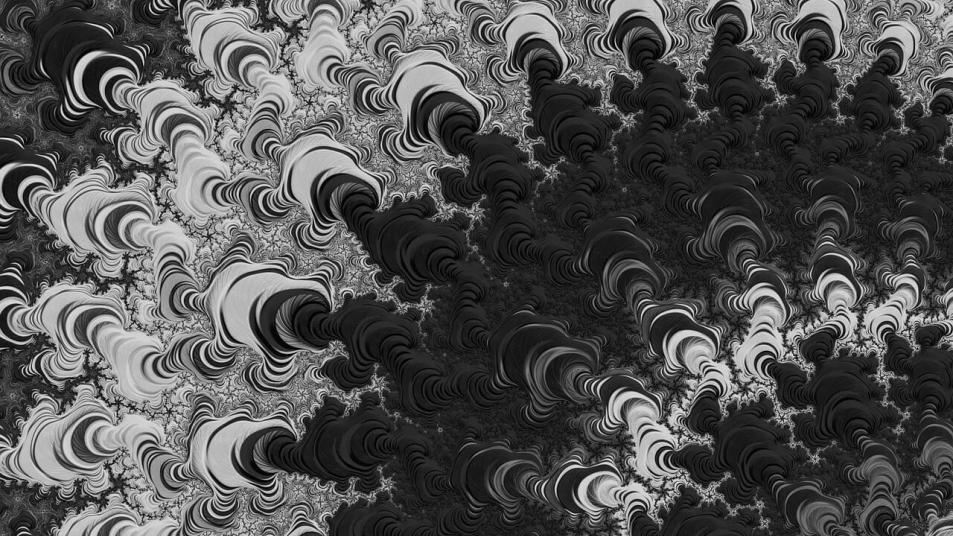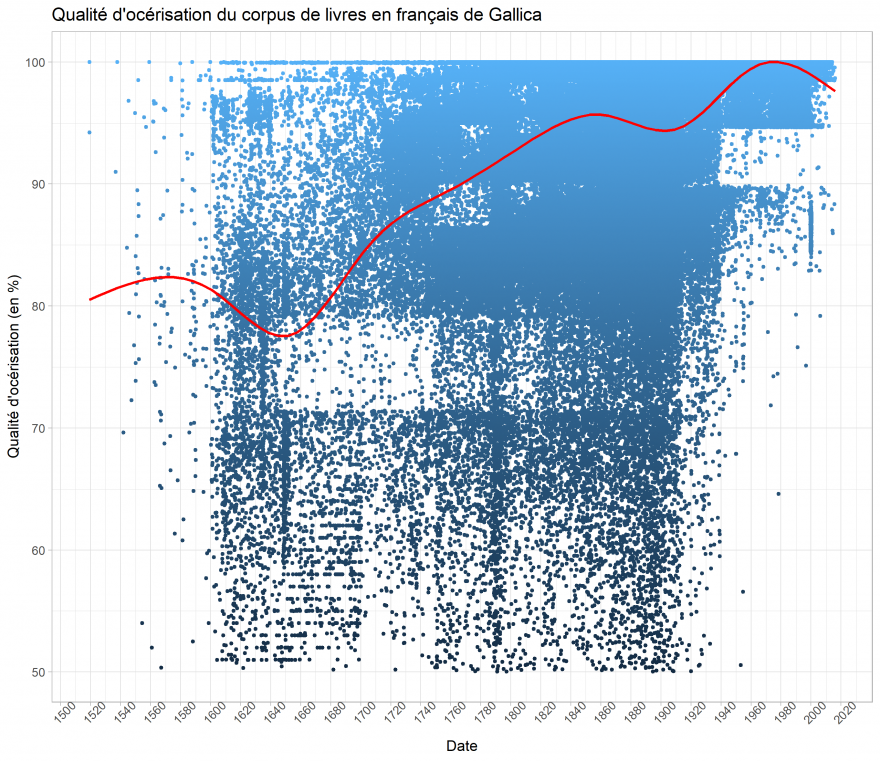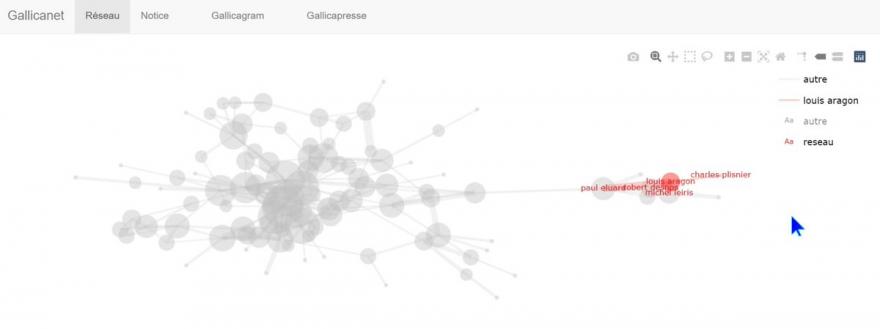
Breadcrumb
- Home/
- Research/
- Research projects/
- Gallicagram. More finesse in big data

Gallicagram is a web app developed by Benjamin Azoulay and Benoît de Courson. It plots the evolution of a syntagm utilisation throughout time, exploiting the the numerized books of the National French Library (BNF), a website called Gallica.
A kind of data visualisation is already proposed by Google Ngram Viewersince a decade. Though, despite its tremendous possibilities and stated ambition, Ngram Viewer has clearly not overwhelmed the social scientists, who rarely use it. Actually, Ngram Viewer suffer from several limitations which Gallicagramis designed to overcome. Ngram Viewer is based on the vast Google Books corpus, which is opaque and impossible to delimitate. On the contrary, Gallicagram gives access to every occurence, by a simple click on a dot plot, through the Gallica website. The corpus can also be controlled and restricted as desired. The user can thus produce a plot with the L’Humanité archives as corpus, or with the French Resistance press. Finally, even though the website has been initially developed for Gallica, it can now exploit other national library in English, German, Spanish or Dutch language (with basic functionalities however).

Gallicagram enables linguist and historians to study the tendencies and the events as well, to detect breakpoints or smooth trends with a corpus that a whole life would not suffice to study, but that the machine can easily analyse. With Gallicagram, the social scientist can confront his hypothesis to the big data, find new ones, or decide between competing interpretations.

Team
- Benjamin Azoulay (ENS Paris-Saclay)
- Benoît de Courson (ENS Ulm)